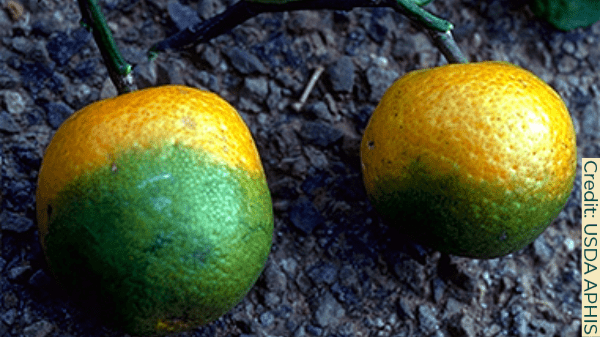My bathroom scale died on me after 25 years of good service, so I went to Target a couple of days ago to buy a new one. This is of no relevance whatsoever except in that my wife asked me to pick up some grapefruit juice while I was there. They didn’t have any.
Actually, fresh grapefruit juice is scarce in stores in our area—the western suburbs of Chicago.

The July crop report from USDA explains why, indicating that the state is forecast to produce 1.81 million boxes of grapefruit in the 2022-23 season, down from 3.33 million boxes in 2021-22, and 4.1 million boxes in 2020-21.
The figure is also down slightly from June’s forecast of 1.82 million boxes.
Figures are even bleaker for Florida’s signature crop: Valencia oranges. In July, 2022-23 production was forecast at 9.7 million boxes—less than a third of 2020-21’s figure of 30.25 million boxes (although the forecast is up slightly from June’s figure of 9.6 million boxes).
Non-Valencia oranges: the forecast is now 6.15 million boxes, as opposed to 18.25 million boxes in the previous year and 22.7 million in 2020-21.
As for tangerines and tangelos, this season’s production is forecast at 490,000 boxes for the state, down from 750,000 boxes in the previous year and 890,000 boxes in 2020-21.
The industry would have to go back to the inauspicious years of 1929-30 for similar figures.
The short-term explanation: last fall’s Hurricane Ian, which destroyed 9-11 million acres of citrus trees. “But we still have almost 400,000 acres of citrus in Florida. That’s a massive footprint,” said Matt Joyner, CEO of Florida Citrus Mutual BB #:163418.
The long-term explanation: citrus greening disease (aka huanglongbing, or HLB), which has vexed the state’s citrus industry for two decades.
Growers are hopeful that new methods will enable them to fight this disease. One place they might look is Nepal. Surprisingly, the Himalayan nation has grown citrus for centuries, and HLB was detected there as far back as 1968, reports Citrus Industry News.
Christopher Vincent, associate professor of environmental physiology at the University of Florida’s Institute of Food and Agricultural Sciences, recently toured the citrus-growing areas of the remote nation. As a matter of fact, the bacteria is widespread there, and most trees are affected.
But “where growers were using good irrigation practices and good mineral nutrition practices in terms of following local recommendations, trees really didn’t have a decline problem,” Vincent said. “They certainly had the bacteria, and you could see symptoms here and there, but those who were following good horticultural practices really didn’t have a problem with HLB.”
Now the question is which good irrigation and nutrition practices might help the Sunshine State keep the orange on its license plates.



